Mazda CX-9 review and buyer's guide
The Mazda CX-9 is a practical, 7-seat SUV but adds luxury at half the price of a premium German SUV. This makes family duties easy, comfortable and affordable.
The Mazda CX-9 is a properly luxurious 7-seat large SUV that shames European prestige with its comparatively affordable pricetag and family-focussed features.
Plenty of three-row big-boned SUVs purport to offer adults legroom right up the back, but not many do it with safety in mind. The CX-9 makes school runs, the weekly grocery haul and school holidays as comfortable as you can get for five figures.
Pricing has gone up on the 2024 CX-9 range, with the top-spec Azami now wandering into the Luxury Car Tax domain at over $73,600 driveaway, or $82,000 for the Azami LE - which is eye-watering stuff.
Mazda is taking the fight to the German giants of the car industry - Mercedes-Benz, Audi and BMW. But surprisingly, it’s not going poorly for Mazda. In fact, Mazda is turning the luxury SUV segment into something of a killing floor.
Mazda is not a premium brand, notionally. But its engines are brilliantly powerful, the interiors are gorgeous places to sit for a prolonged period of time (especially for a mainstream brand), and the ownership proposition is pretty spot-on for normal people in the real world. The median Mazda dealer will generally treat you like a civilised member of society, unlike Mercedes or Audi.
Having said all this, Mazda has also taken aim - and fired upon - the prestige brands with the new CX-60: click here for more >>
The CX-9 has been such a strong contender in this category specifically because it offers luxury without the extortionate price and on-going costs. But it has stiff competition for your cash from the likes of Kia Sorento (recently updated), Hyundai Santa Fe (consistently updated since 2019), or the somewhat cannibalising Mazda CX-8.
Consider the Triton-based Mitsubishi Pajero Sport if you need a 7-seat off-roader, or a Kia Carnival if you have kids with twins or triplets inbound, or Mitsubishi Outlander if you’re strapped for cash but need third-row seating. There’s also a strictly five-seat Subaru Outback for adventurous all-wheel drive camping-type duties.
It’s just as well the 2.5-litre turbo petrol engine in CX-9 is a peach and its level of features is strong, because competition is tight: it’s hard to emphatically distinguish between most large SUVs. That’s how good they all are now.
In CX-9, there’s plenty to appreciate down in the ‘Touring’ variant’s seats. But if you want on-demand all-wheel drive, you’ll be dropping an extra $4000 down on the counter which seems a bit steep to me.
Fortunately, Mazda found the goodwill to include Apply CarPlay and Android Auto as standard, as is adaptive cruise control and a reversing camera which is essential on a car roughly the same size as a Toyota LandCruiser.
But you do need to stop for a moment and ask yourself if you really, truly need a big seven-seat SUV. Because if you’re just starting that family, halving your income etc., then you’re probably going to find something smaller might do just as well. Here’s how you choose the right SUV >>
2023 Large SUV sales (non-4x4)
Okay, so you’ve passed the compression test and are convinced on objective criteria that an SUV is going to best suit that next chapter of your life. But immediately, the next question is budget - because the bigger they are the harder they are to afford.
CX-9 and its rivals are certainly on the more expensive side of $40k, so let’s look at the basics for and against the big Mazda.
CX-9 summary
PRO
It’s a divine place to sit; leather, leather everywhere
2.5-litre petrol turbo four-cylinder is more than adequate
Back seats are commodious, with decent luggage space even with third row up
Auto emergency braking (in forward & reverse), tyre pressure monitoring, rear cross-traffic alert and blind-spot monitoring all standard across the range
Very respectable towing capacity at 2000kg braked
Good spec-level on base model ‘Sport’ which (finally) includes Apple CarPlay & Android Auto standard
Five-star ANCAP safety rating
CON
Feels big, largely because it is: 1.95 tonnes before people and gear, over 5m long, 2m wide
No diesel engine for rural buyers and regular towing; check CX-8 for a 2.2 diesel.
Pricey - CX-9 does not come cheap, but neither is the flavourless Kluger
Nobody should have to limp the family home on a space saver spare wheel
Patchy 360 degree monitor - ideal for tight parking - not available on $74k GT AWD.
Far too complicated range with nine different spec levels, including two drivetrain options (front-only or on-demand all-wheel drive)
For greater detail on owning a CX-9, see below…
DRIVING
If you thought the Toyota LandCruiser 200 Series was enormous, then re-calibrate your perception because CX-9 is over five metres long, two metres wide, as near as makes no difference 1.8m high and, like a flashback to The Biggest Loser, she weighs-in at 1.95 tonnes - before people and gear. And that includes a full 74-litre tank of fuel.
So, before you get all itchy and drop that deposit, whip out the high-tech miracle known as a tape measure, and make sure your carport, garage, assigned car space in the underground lot will accommodate it. While you’re doing some mental arithmetic, check the overhead height on gantries at the supermarket, the McDonald’s drive-thru and your underground carpark, because with a set of roof racks, you’ll be passing two meters vertically.
Logistics to one side, CX-9 delivers on the luxury front. Every carmaker is desperately trying to win this affordable luxury fight, especially in the large SUV segment and it’s putting serious pressure on the conventional ‘luxury brands’ like Mercedes and Land Rover, whose base models often cost the same (or more) as top-spec mainstream brands.
Usually the combination of big 20-inch wheels suggest one’s posterior is in for a hellish time hitting Australia’s globally infamous road. But with 255/60 profile tyres from the GT to Azami LE, a well-tuned Macpherson strut front end and electric steering calibrated for both little old ladies and brawny six-footers makes it pretty good to move around town in and get out of it on weekends.
Hitting the dirt roads will reveal the CX-9 probably hasn’t had much R&D work done beyond the blacktop, which is to be expected of a vehicle aimed at on-road cruising than soft-roading activities like the boating, camping, fishing type.
Lower-spec models with higher profile tyres and smaller wheels will ride better on gravel and ruts.
There’s over 1.2 metres of cargo floor length (with row 3 down) and the width between those impressively narrow-profile wheelarches is just over 1000mm. Also with row 3 collapsed, there’s 760mm of height to the roof, but only about 730mm of height available in the boot/tailgate aperture. The tailgate aperture is exactly 1100mm wide at the lower section, but tapers inwards the higher you go, down to exactly 1000mm.
The tailgate opens to 1830mm at its lowest point at the lip edge where you’ll also find the button to close it behind you.
You can drop row 2 seating from the boot by pulling the respective leavers on each of the boot walls. Under the boot floor you’ll find the space saver spare wheel, which is limited to use at speeds up to 80km/h.
FEATURES & PRICING
If you’re older than, say, 40, you may remember a time when luxury and mass-market divided the automotive world, when luxury was a sanctimonious, unattainable palace on the hill where peasants and mortals’ paths ne’er shall cross. How the mighty have fallen.
The CX-9 range goes like this: Sport, Touring, GT, GT SP and Azami in front-wheel drive, and then Sport, Touring, GT, GT SP, Azami and Azami LE in all-wheel drive.
Also standard on CX-9 is autonomous emergency braking in both forward and reverse, meaning the car will detect kids in driveways behind you and running out onto the road. Adaptive cruise control, lane-keeping and departure warnings, and blind-spot monitoring are standard across the CX-9 range, which is respectable. But you’d want it to be starting at $48K.
It’s really only as you step up through the range you find bigger 20-inch wheels, LED headlamps, bigger touchscreens, and various luxuries like fancy climate control, panoramic sunroof, cooled seating - and so on.
There’s about $20 grand between base model front-wheel drive Sport and the (what feels like) luxury mansion that is Azami LE all-wheel drive. So you have plenty of options when it comes to finding which one suits your budget.
Model grades
(Quotes approximate driveaway pricing 2024 - this will vary from state to state.)
CX-9 Sport - FWD $52,500 / AWD: $56,660
Features: Auto emergency braking with forward collision warning alert, lane departure warning, adaptive cruise control, Apple CarPlay and Android Auto, reversing camera and parking sensors, seven seats with third-row airbags, satnav, 18-inch alloys, tyre pressure monitoring, heated folding electric mirrors.
CX-9 Touring - FWD $60,400 / AWD: $64,580
Additional features: Proximity key, front parking sensors, heated front seats with driver lumbar adjustment, LED foglamps, partial leather electric front seats, eight-inch colour LCD touchscreen.
CX-9 GT - $70,300 (FWD) / $74,480 (AWD)
Additional features: 20-inch alloys, sunroof, premium Bose audio with 12 speakers, heated rear outer seats, electric tailgate.
CX-9 GT SP - $70,800 (FWD) / $75,000 (AWD)
Black alloys, blacked out grille, trims and garnish. Burgundy leather interior.
CX-9 Azami - $73,640 (FWD) / $77,800 (AWD)
Additional standard features: 360-degree camera, heated steering wheel, auto LED headlights, adaptive LED high beam headlights, LED daytime running lamps, windscreen de-icer, seven-inch LCD driver info display.
Going AWD over FWD means: larger fuel tank 74 litres (adds two litres), additional 72kg kerb weight equals two-tonnes (incl. fuel) which is good for towing stability in slippery conditions; AWD helps in general driving like steep driveways.
CX-9 Azami LE - $80,400 (AWD-only) adds:
2nd row captain's seats with power adjust and ventilation function
2nd row centre console with cup holder
But keep in mind you’ll be paying Luxury Car Tax on an Azami LE
Click to enlarge gallery:
I'll help you save thousands on a new Mazda CX-9 here
Just fill in this form. No more car dealership rip-offs. Greater transparency. Less stress.
ENGINE
Mazda CX-9 has a powertrain that defies what a vehicle of this generous size might be perceived as needing. It has been something of a benchmark for many years, particularly given that it’s not a diesel.
The only engine available is what Mazda’s marketing department calls its ‘SkyActiv-G’ unit. It’s a 2.5-litre turbocharged petrol four-cylinder delivering a punchy 170kW at 5000rpm and 420Nm of torque from 2000 revs - that’s more than a V8 HSV had in the 2000s - running on regular 91 octane.
It does a good job of motivating two tonnes of CX-9, and the conventional six-speed epicyclic automatic transmission is very smooth changing up or down. This powertrain will also handle a reasonable towing load - small boat, jetski, average single-axle caravan - out the back without going to extremes.
What’s particularly good about what Mazda managed to do with this engine was get the reliability they needed for such a mainstream, high output powertrain. For years this unit has proven quite reliable and has had no major problems.
However, for perspective here, the CX-9’s power-to-weight ratio of 93.7 kilowatts-per-tonne doesn’t quite match the Hyundai Santa Fe on 114 kW/t, the Kia Sorento with 109.9kW/t or the Toyota Kluger (109.8kW/t), all with 3.5-litre V6 engines.
Although Mazda’s engineers deserve credit where it’s due for producing more low-end power with two fewer cylinders. Essentially, the other vehicles have to rev much harder (and consumer way more fuel) than a CX-9 which uses its turbocharging to increase volumetric efficiency and power away from the other petrol 7-seaters.
Having said all this, if you want low-revs power and better fuel economy, consider the diesel versions of Santa Fe or Sorento.
TRANSMISSION
CX-9 uses a conventional ‘epicyclic automatic’ transmission with a ‘torque converter’ - which is your typical general purpose automatic transmission, which Mazda has used to great reliability in CX-5, CX-8 and CX-9 for many years now. It’s quick shifting, its smooth to change, rarely ever gets confused and if you like to use the paddle shifts, they’re standard.
The main compromise with the 6-speed transmission is slightly higher fuel consumption due to the torque converter, which is there to convert the engine’s output power into rotating force (the bit that turns the driveshaft and therefore the wheels). But the fuel consumption is more-or-less offset by the efficiency gains made by the turbocharged engine.
Mazda’s all-wheel drive system is on-demand only, and adds approx. $3000 to each respective spec level.
On-demand AWD is where the vehicle waits to detect wheelspin before sending drive to the rear wheels for assistance. This has both benefits and deficits to you.
Good: You’re not consuming excess fuel in ordinary, dry, high-traction driving by moving four wheels when the front two are perfectly fine. It also means reduced tyre consumption and less wear and tear on the vehicle, longer lifespan of major driveline components etc.
Not good: In the moment you do need all four wheels to help out because you’ve broken traction, it can sometimes be a bit late to kick in because as the rear wheels are engaging they can also break traction, at which point the vehicle loses momentum and all four wheels end up spinning. (Ideally, you want to already be in AWD before the wheels slip so that momentum carries you through while the tyres find grip again.)
How to choose which CX-9 transmission to get, AWD or FWD? Well, it depends on your driving usage case. What is 90 per cent of your driving going to be? AWD can be worth that extra couple of grand for the sake of having back-up traction available when you need it. Key examples include:
To to be fair to Mazda, their system is pretty quick to respond, and splitting the drive to four wheels over two actually reduces the likelihood of wheelspin because the torque is divided by 4, not 2. You effectively send +/- 25 per cent of the drive to each wheel instead of 50 per cent. Clearly traction is limited because: water, sand, oil etc, so reducing the force in each wheel helps prevent breaking traction.
So, if you have a steep driveway (which gets mossy over winter especially), if you get heavy rain, if you live in a hilly suburb with lots of trees dropping oily leaves, if there are plenty of traffic light stops en route to school, maybe if you do occasional camping trips where the car is loaded up and might park on wet grassy campgrounds - get the AWD.
If this is a second-car for shopping centres, school runs, the odd longer-distance trip on freeways or across town - and possibly there’s a more suitable 4WD wagon or ute or even a dedicated all-wheel drive also in the driveway, perhaps the front-wheel drive version will be good enough in 90 per cent of your driving. If your budget is tight, that’s also fair enough to skimp and go for the front-drive.
Just so you’re aware, both FWD and AWD Mazda CX-9 have traction control, electronic stability control, electronic brakeforce distribution and ABS braking - all very smart, proven safety features baked into every new car today, that will (highly likely) save your life in the event of some emergency braking or swerve scenario on the road. So don’t think FWD is some severely compromised system - it’s not. It’s just bit different.
Safety
CX-9, like its segment rivals is a pretty safe vehicle to be involved in a crash. But this was the first generation of CX-9 to be crash tested by ANCAP - just as well it scored five stars.
Last tested in mid-2016, the official safety score was 35.87 out of 37 - quite comfortably inside the criteria for achieving a five-star ANCAP safety rating at that time and putting collision avoidance features like auto emergency braking and adaptive cruise on the base model keeps it relevant.
In the frontal offset crash test at 64km/h, CX-9 scored 14.87 out of 16 points, with slight mark-downs in chest and leg injuries, rated “acceptable”.
Curtain airbags extend all the way to the third row, unlike the old CX-9 and its Korean rivals, the Kia Sorento and Hyundai Santa Fe which designate row 3 are ‘occasional use’. If you're putting kids in the third row frequently CX-9 is ideal, and there are also seat belt reminders.
If you want maximum practicality and safety for all three rows, you should take a good look at the Kia Carnival which gets full-length curtain airbag coverage, has better fuel economy (in diesel form) than CX-9 and has superior entry-exit access for all rows - including sliding doors which wont be flung open into parked cars, passing bicycles in cycling lanes or rear-approaching traffic.
Carnival also has a ‘safe exit warning’ which alerts and prevents the rear doors being opened when the vehicle detects an approaching vehicle/bike. CX-9 doesn’t get this feature.
Also, a reversing camera is standard even on the base model. This will also certainly save lives because, sorry to ruin your mood, driveway death is the single biggest cause of accidental death in children after backyard swimming pool drownings.
You can view the full ANCAP crash test report on CX-9 here>>
The problem with CX-9 is that it is now officially unrated because ratings expire after six years. In fact it expired two years ago, back in 2022. This means we can’t really compare CX-9 with its peers which have been tested more recently under harsher tests.
In 2024, vehicles are now scrutinised under test conditions which didn’t exist in 2016. For example, the oblique pole test in 2016 was conducted at 29km/h at a 45-degree angle, not at 32km/h and at a 75-degree angle today.
Adult occupant tests today are much harder to score points in and there are more individual tests required to pass in order to achieve the minimum 80 per cent pass rate. Far side occupant protect is one example not tested back in 2016 where Kia Sorento in 2020 and Hyundai Palisade in 2022 were tested during side impact and oblique pole tests.
CX-9 does not get a front-centre airbag either, which is now common among late model large SUVs like, Santa Fe, Sorento, Palisade, Carnival, and CX-9’s contemporary model spin-offs like CX-90 and CX-60.
The side impact test conducted against CX-9 in 2016 was at 50km/h where it is at 60km/h for all these models bar Santa Fe last tested in 2018 before the 2020 ANCAP protocols were updated.
MAIN COMPETITORS
The crucible for determining which new car is best, using objective criteria, starts with the respective base models on offer. Let’s see what features are on offer at entry-level pricing, fighting to secure your cash, and let’s do it with three of the best-sellers and one statistical sales-straggler - before on-road costs, in petrol, front-wheel drive form, bar one.
Toyota Kluger GXL: $68,800 d/away approx.
PRO:
Hybrid powertrain good for stop-start city driving; good combined fuel economy 5.6 L/100km
Full-size spare, 18-inch wheels
Row 3 curtain airbags
Warranty 5yr/unlimited km,
Front & rear camera, driver knee airbag, all-LED lights, auto wipers, dual-zone climate, satnav
CON:
Short service interval 6mth/10,000km (whichever first)
Demands premium 95 RON fuel (could offset fuel economy saving)
Cloth seats
Heavy at 2050kg (kerb wt.) | Santa Fe Elite (D): 1943kg | CX-9 Azami LE (AWD) 2011kg |
Expensive, no diesel engine for towing, long delivery wait times
Base paint colour is black - the worst for keeping clean; white/colour adds $700
For more on Toyota Kluger click here >>
Hyundai Santa Fe Elite: $61,500 d/away approx. (+$3000 diesel)
PRO:
Auto emergency braking standard (low & high speed)
20-inch alloys (full-size spare)
Apple/Android phone connectivity, rear camera, front/rear parking sensors, 10.25-inch touchscreen
Harmon Kardon premium stereo system, DAB+ radio, auto wipers, dual-zone climate, leather seats
Budget V6 engine (FWD); grunty 2.2 diesel AWD (towing)
Rear sunshades, satnav, luggage net, driver fatigue warning, terrain modes (diesel AWD), 2000kg+ towing
Warranty: 5yr/unlimited km, service 12mth/15,000km
CON: No third-row curtain airbags or driver knee airbag; cooled front seats, panoramic sunroof on Highlander.
For more on Hyundai Satna Fe click here >>
Kia Sorento Sport+ $44,990:
Good:
Low-speed auto emergency braking,
18in alloys (full-size spare),
Apple/Android phone connectivity,
avg. combined fuel consumption 10 L/100km, warranty 7yr/unlimited km, service 12mth/15,000km,
satnav, front & rear parking sensors, rearview camera, heated/folding door mirrors.
Bad: d-spot monitoring, no high speed AEB, no third-row curtain airbags or driver knee airbag, first service cost goes up to $300 on 2020 model year.
For more on Kia Sorento click here >>
Mercedes vs Mazda
In case it wasn’t already abundantly clear, let’s do a quick spec-check against the Mercedes-Benz GLE 300d, a supposedly premium, very-German seven-seat SUV, and see how it stacks up to the big Mazda.
Mercedes GLE 300d
(4X4, diesel)
$144,900 +on-road costs (incl. ~$13,000 luxury car tax)
198kW @ 4200 RPM | 550Nm @ 1800 RPM
Power-to-weight 83 kW/t
Kerb weight 2432kg
*Towing: 2700kg (braked); 108kg towball d/load
Fuel econ. 6.6 L/100km (combined cycle)
Seats: 5
Front & side camera, blind spot, rear collision warning, driver attention detection
Wireless Android Auto/Apple CarPlay
Spare wheel: tyre repair kit
Costly extras:
7-seat pkg: $3900 (incl. electric row2) (no row 3 curtain airbags)
Towbar pkg $2900
‘Hyacinth Red’ metallic paint $2200
Air suspension pkg $2600
Mazda CX-9 Azami LE
(AWD, 91 RON petrol)
$80,400 +on-road costs
170kW @ 5000rpm | 420Nm @ 2000rpm
Power-to-weight 90.2 kW/t
Kerb weight 2000kg
Towing: 2t (braked), 150kg towball d/load
360-degree camera
7 seats (incl. row 3 curtain airbags); row 2 captains chairs in ‘LE’
Blind spot, rear collision warning, driver attention detection
Lane keeping & departure warning
Auto emergency braking (incl. reverse)
Adaptive cruise
Tyre pressure monitoring
Rear cross traffic alert
Pedestrian detection
Speed sign recognition
Subwoofer & amplifier
‘Soul Red’ metallic paint: $795
A Mercedes GLS can’t compete with a CX-9 on pure grunt alone, let alone offering anything like the reliability, build quality or customer support that Mazda will - for damn-near half the price.
CX-9 in Azami LE trim offers a more power for a $60,000 saving. And the Mercedes dealer will look you in the eye as he charges an extra $3900 for seats six and seven, four times the price for red metallic paint over the CX-9 and $3000 for ‘Macchiato’ leather seats. And with 11 per cent worse ground clearance than the Mazda.
Conclusion
The CX-9 pushes the boundaries of both accessible luxury and puts pressure on the rest of the field. It’s a quantifiably excellent value luxury, mainstream 7-seat SUIV that does everything any rational new car buyer could possibly ask it to do, within reason.
It hardly puts a foot wrong, with exception to the space-saver spare - a factor only relevant if you don’t live within 5-10 minutes of a tyre shop, which is certainly the case for virtually anybody living in a major metro city of Australia.
If you truly are looking for that next level of prestige, you need not contemplate crossing over to the German brands just yet, because Mazda now has the CX-60 - which is a staggering twist on the luxury SUV formula.
Decent towing capacity, good power delivery, proper boot storage and third-row airbags all challenge the status quo on what it means to be premium. German prestige which adds excessive hair and make-up in a struggle to stay relevant is proof the Japanese and South Koreans really have turned a corner.
Definitely put CX-9 on your test drive list if your preference is luxury and on-road manners in the day-to-day concrete jungle, because that’s where it does its best work.
More reports
Have your say

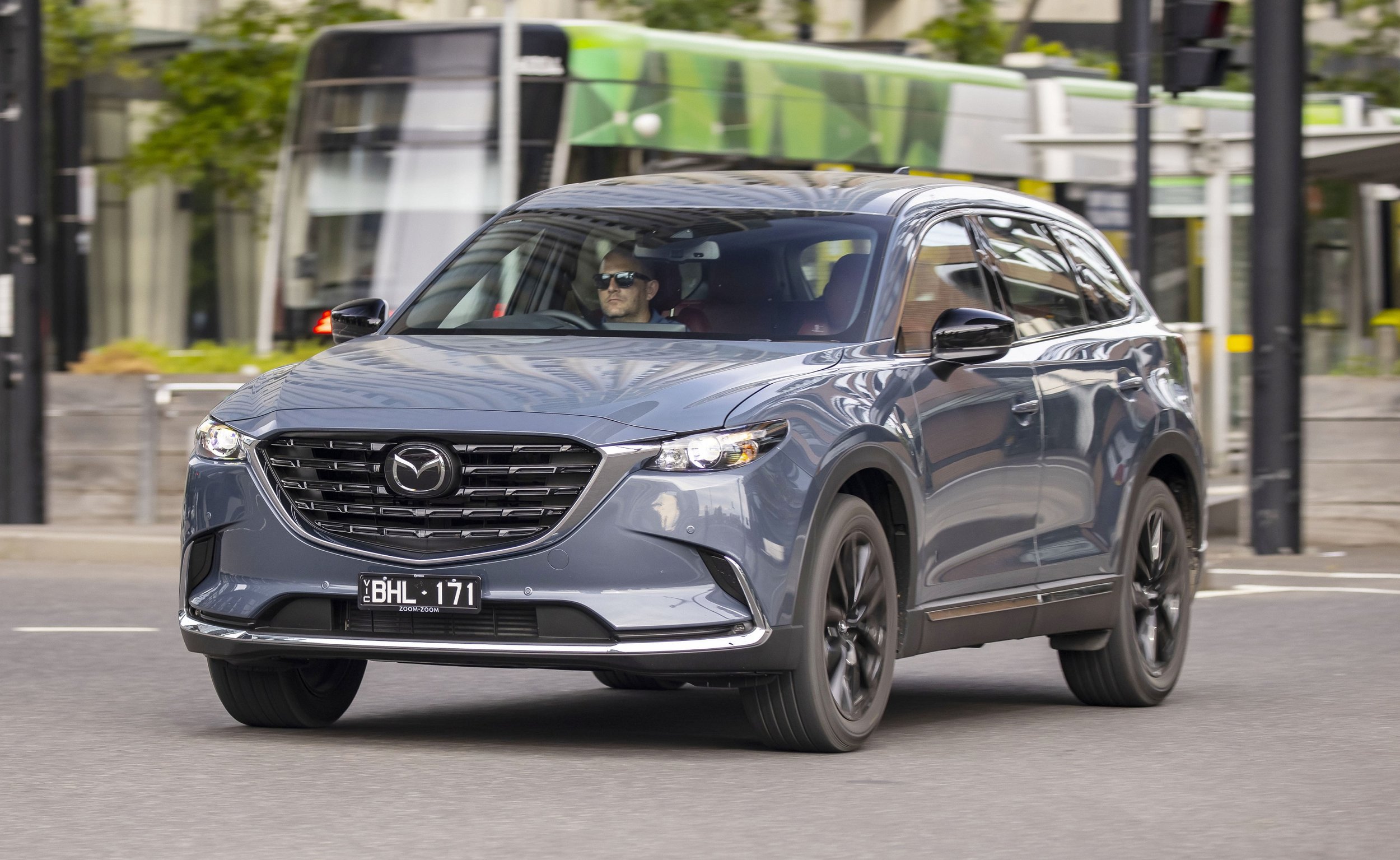




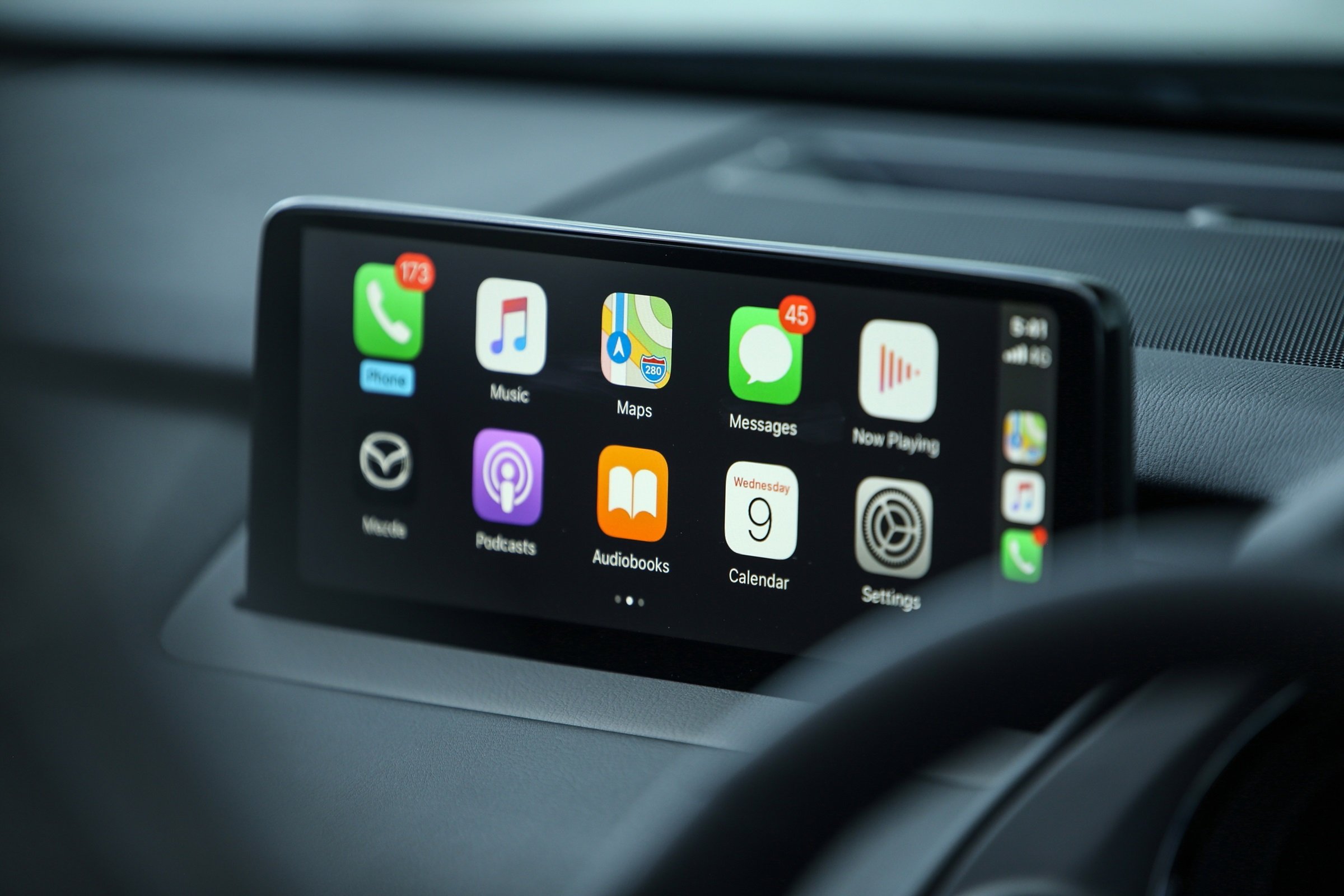
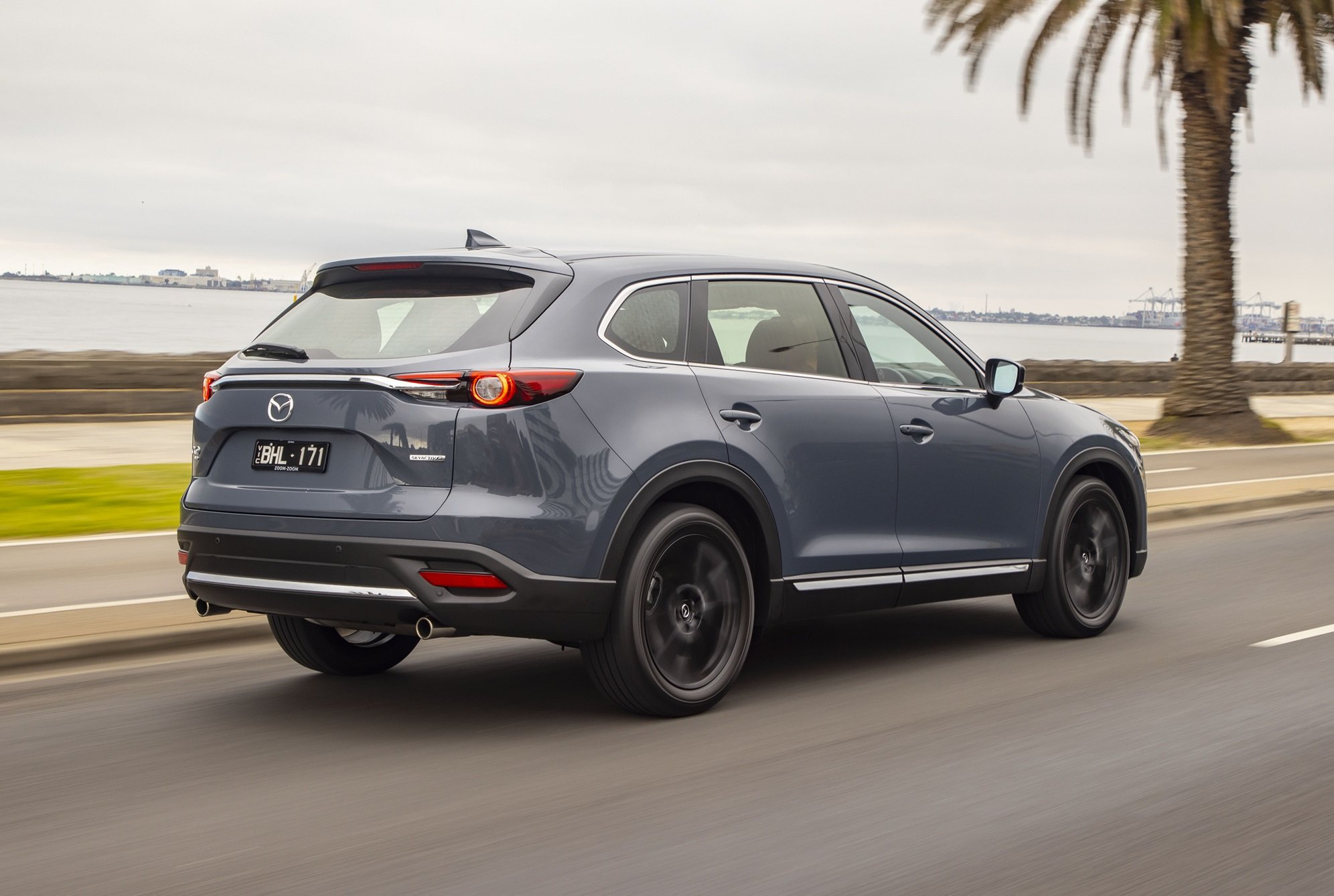
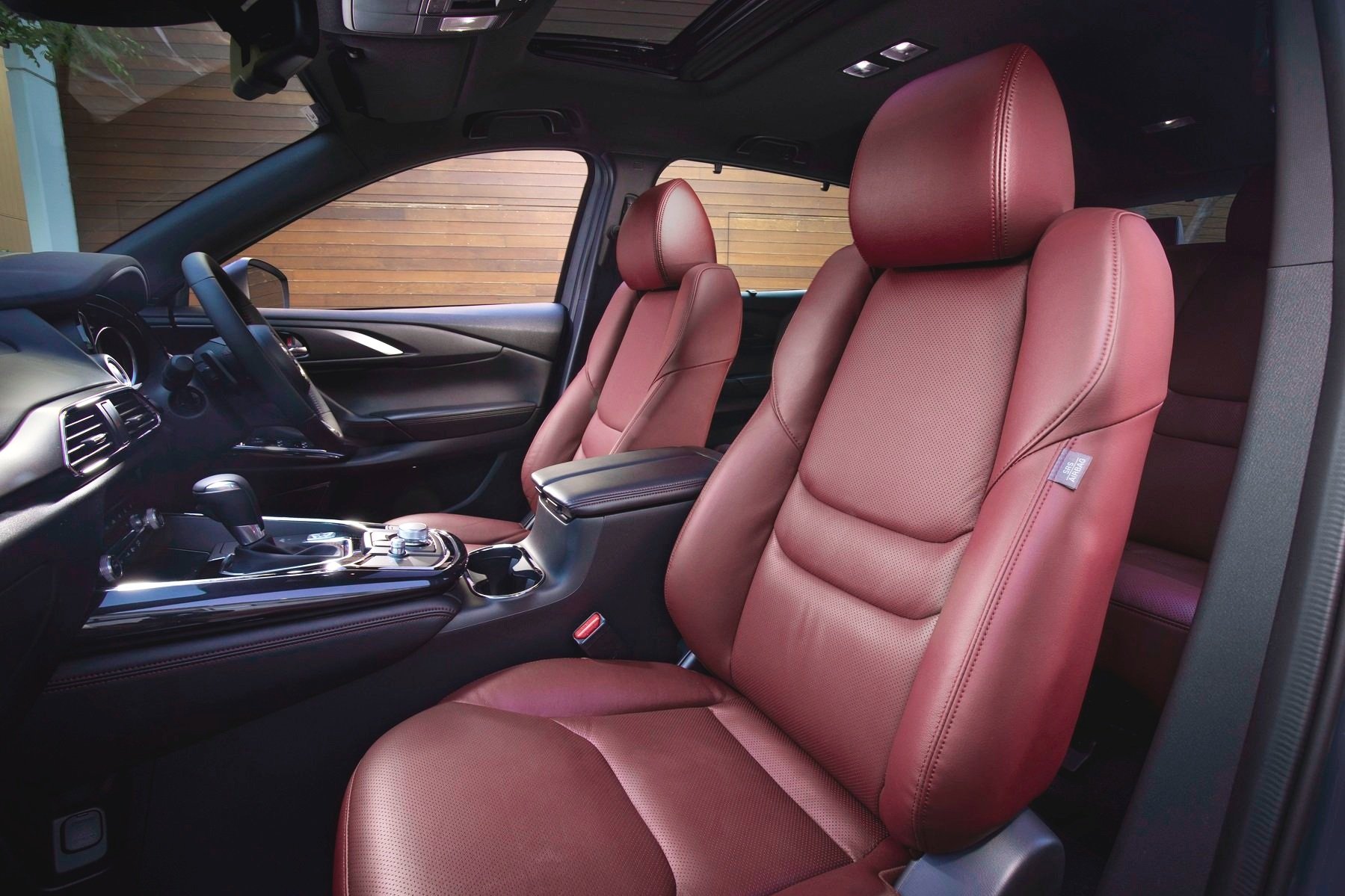


































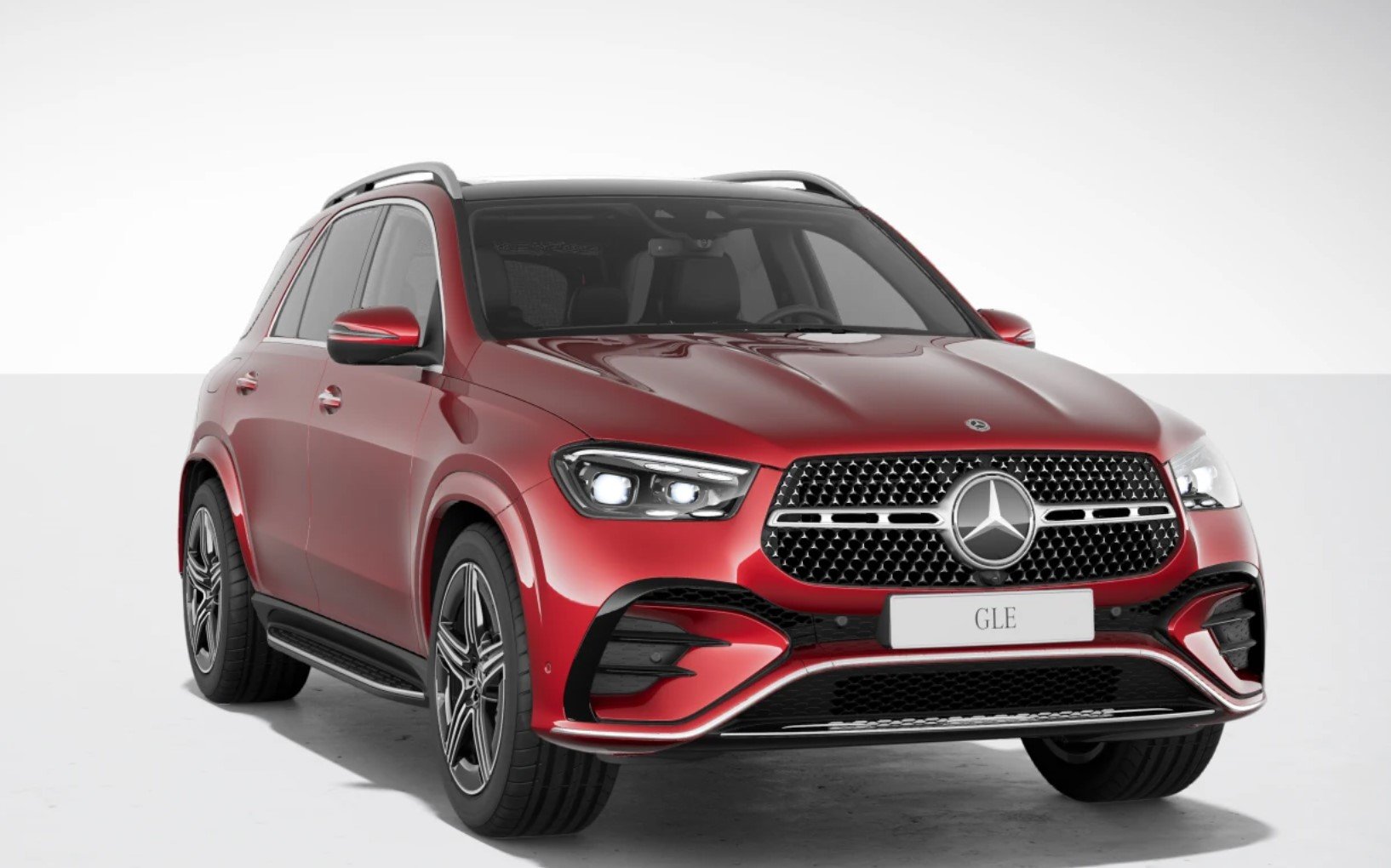












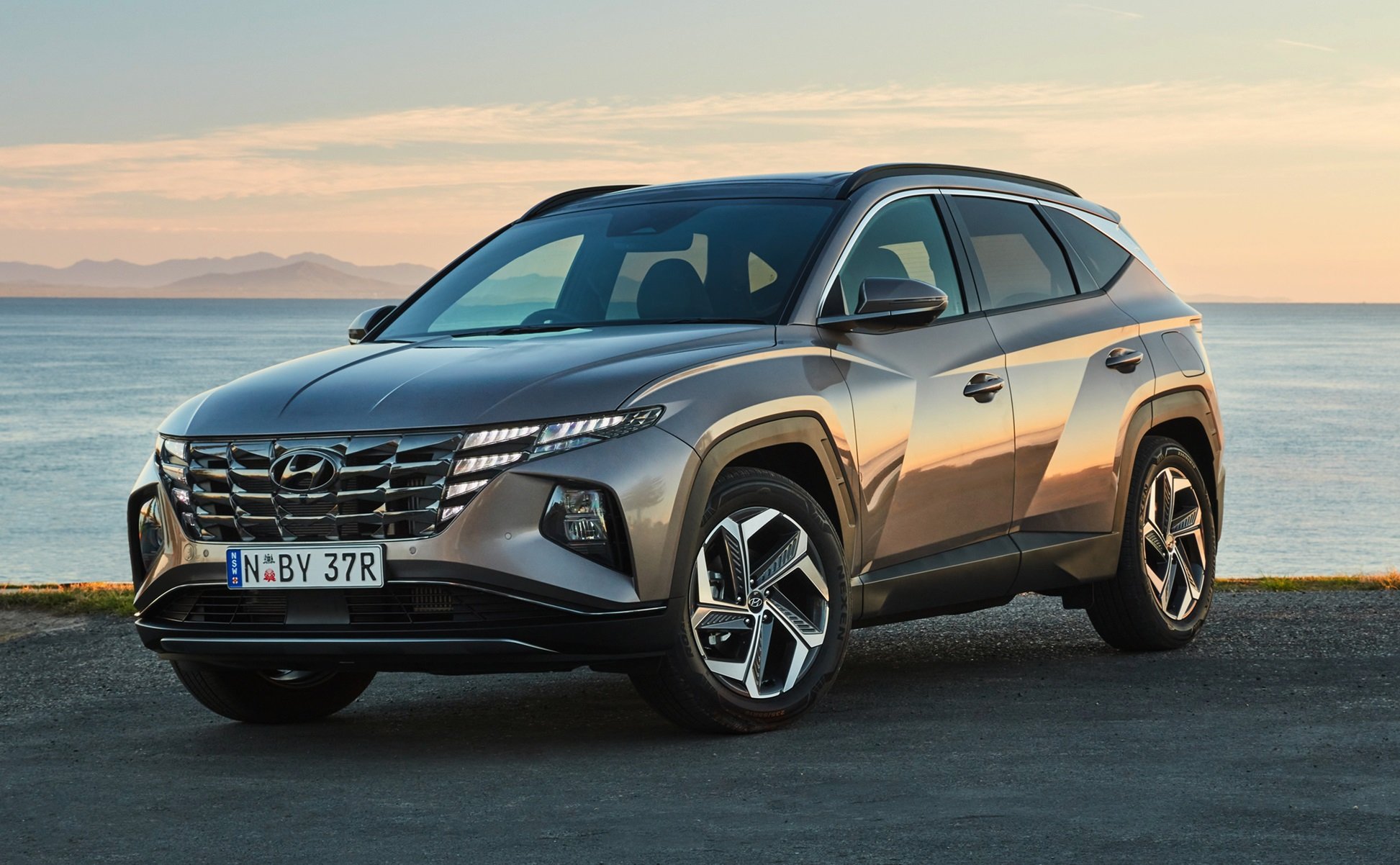

Toyota RAV4 is the best-selling medium SUV in Australia, offering good resale value and envious fuel economy. If you need an enormous boot and a simple, functional family vehicle, RAV4 is hard to beat.